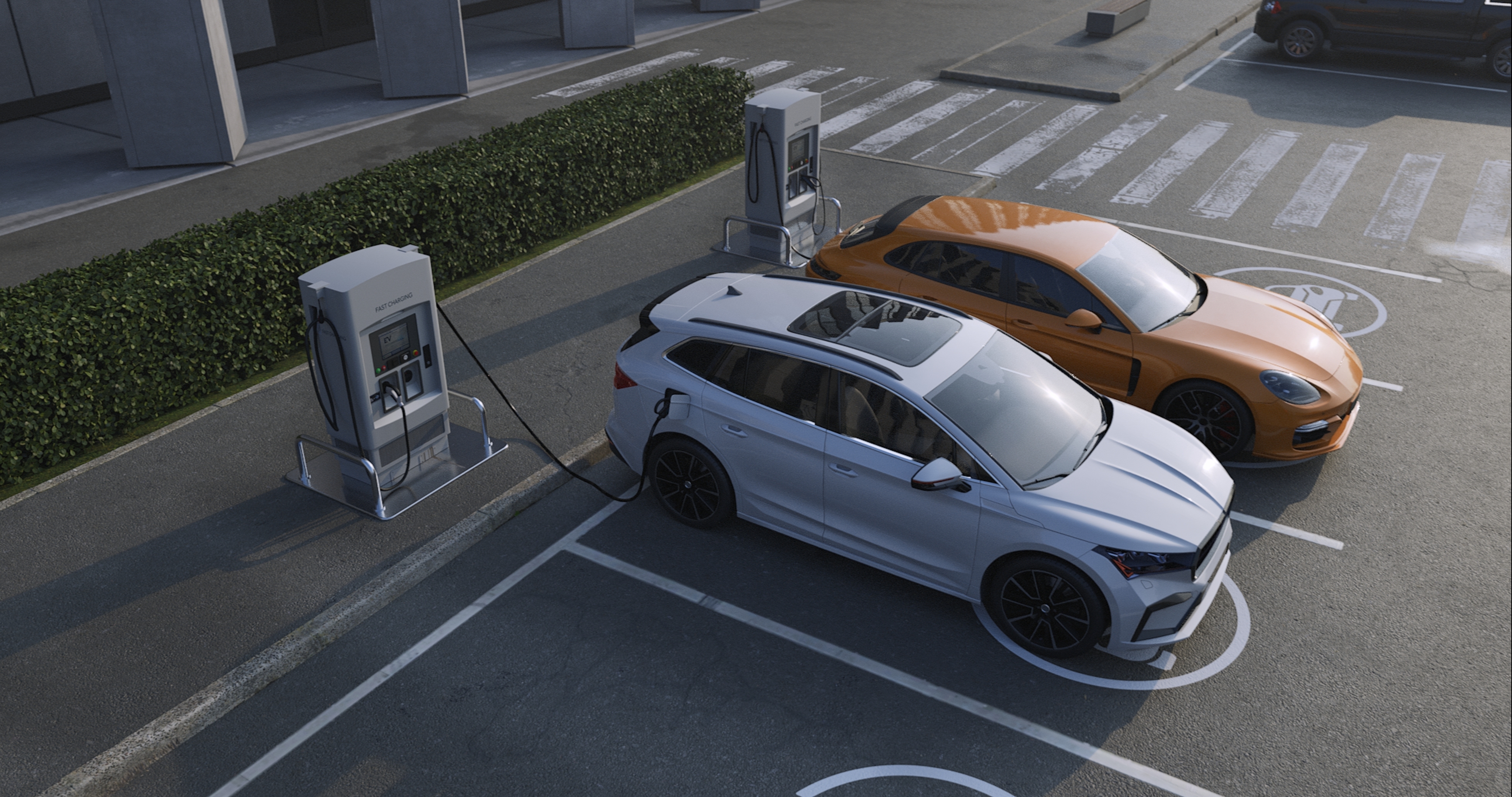What to Know About Affordable Electric Cars in 2025
As electric vehicles continue to gain traction across the U.S., more models are entering the market at lower price points. But what defines an “affordable” EV today? This article takes a closer look at the current trends, vehicle types, and features that make electric cars more accessible in 2025.

How has the electric car market evolved since 2020?
The electric car market has undergone significant changes since 2020. Advancements in battery technology, increased competition among manufacturers, and growing consumer demand have all contributed to a more diverse and affordable EV landscape. In 2025, we’re seeing a wider range of options across various price points, with many automakers introducing entry-level models to capture a larger market share.
One of the most notable developments has been the improvement in battery efficiency and production costs. This has allowed manufacturers to offer vehicles with longer ranges at more competitive prices. Additionally, the expansion of charging infrastructure across the United States has helped alleviate range anxiety, making EVs a more practical option for a broader range of consumers.
What defines an “affordable” electric car in 2025?
The definition of an “affordable” electric car has shifted over the years. In 2025, we generally consider EVs priced under $35,000 to fall into the affordable category. This price point has become more attainable due to several factors, including technological advancements, economies of scale in production, and ongoing government incentives.
It’s important to note that affordability isn’t just about the sticker price. When evaluating the cost of an electric car, consumers should also consider factors such as:
-
Total cost of ownership, including lower maintenance and fuel costs
-
Available tax credits and incentives
-
Resale value
-
Battery longevity and replacement costs
These factors often make EVs more cost-effective in the long run compared to their gasoline-powered counterparts, even if the initial purchase price is slightly higher.
What are the top entry-level EV options in the U.S. market?
The U.S. market now offers a variety of entry-level electric vehicles that cater to budget-conscious consumers. Some of the top options in 2025 include:
-
Chevrolet Bolt EV: Known for its practicality and affordability, the Bolt continues to be a popular choice among first-time EV buyers.
-
Nissan Leaf: One of the pioneers in the affordable EV segment, the Leaf has evolved to offer improved range and features while maintaining its accessible price point.
-
Hyundai Kona Electric: This compact SUV provides a good balance of range, features, and affordability.
-
Kia Niro EV: Offering a spacious interior and competitive range, the Niro EV has become a strong contender in the entry-level market.
-
Volkswagen ID.4: While slightly pricier than some other options, the ID.4 brings German engineering to the affordable EV segment.
These models represent a mix of hatchbacks, sedans, and compact SUVs, catering to various consumer preferences while maintaining affordability.
How do EV pricing and battery range correlate in 2025?
In 2025, we’re seeing a more nuanced relationship between EV pricing and battery range. While there’s still a general correlation between higher prices and longer ranges, the gap has narrowed significantly. Advancements in battery technology have allowed manufacturers to offer longer ranges even in their more affordable models.
For example, many entry-level EVs now offer ranges of 250-300 miles on a single charge, a significant improvement from just a few years ago. This increased range has helped alleviate one of the primary concerns for potential EV buyers – the fear of running out of power during longer trips.
However, it’s worth noting that the most extended ranges (400+ miles) are still typically found in higher-priced luxury EVs. But for most daily driving needs, the ranges offered by affordable EVs in 2025 are more than sufficient.
What unique features are affordable EVs offering in 2025?
Affordable electric cars in 2025 are no longer stripped-down basic models. Manufacturers are increasingly including features that were once reserved for higher-end vehicles. Some unique offerings in the affordable EV segment include:
-
Advanced driver-assistance systems (ADAS): Many entry-level EVs now come with features like adaptive cruise control, lane-keeping assist, and automated emergency braking as standard.
-
Over-the-air updates: Software improvements and new features can be delivered remotely, keeping the vehicle up-to-date without requiring dealer visits.
-
Bi-directional charging: Some affordable EVs now offer the ability to use the car’s battery to power homes or other devices during outages.
-
Rapid charging capabilities: Fast-charging technology has improved, with many affordable EVs now able to charge from 10% to 80% in under 30 minutes at compatible stations.
-
Customizable regenerative braking: Drivers can adjust the level of energy recuperation during braking, allowing for a more personalized driving experience.
These features demonstrate that choosing an affordable EV no longer means sacrificing advanced technology or convenience.
Which electric vehicles offer the best value in 2025?
When considering the best value electric vehicles in 2025, it’s essential to look at the balance between price, range, features, and overall quality. Here’s a comparison of some of the top contenders:
| Model | Starting Price | Range (miles) | Key Features |
|---|---|---|---|
| Chevrolet Bolt EV | $31,995 | 259 | 11 kW onboard charger, 150 kW DC fast-charging capability |
| Hyundai Kona Electric | $33,550 | 258 | 10.25-inch infotainment screen, BlueLink connected car services |
| Nissan Leaf | $27,800 | 226 | ProPILOT Assist, e-Pedal one-pedal driving |
| Kia Niro EV | $34,900 | 253 | 10.25-inch touchscreen, wireless Apple CarPlay and Android Auto |
| Volkswagen ID.4 | $38,995 | 275 | Hands-free “Travel Assist” driving, augmented reality head-up display |
Prices, rates, or cost estimates mentioned in this article are based on the latest available information but may change over time. Independent research is advised before making financial decisions.
When evaluating these options, consider factors beyond just the price and range. Look at the charging capabilities, available features, warranty coverage, and the overall driving experience to determine which vehicle offers the best value for your specific needs.
In conclusion, the landscape of affordable electric cars in 2025 is more diverse and appealing than ever before. With improved ranges, advanced features, and competitive pricing, EVs are becoming increasingly accessible to a broader range of consumers. As the technology continues to evolve and production scales up, we can expect even more affordable and capable electric vehicles in the coming years, further accelerating the transition to sustainable transportation.




